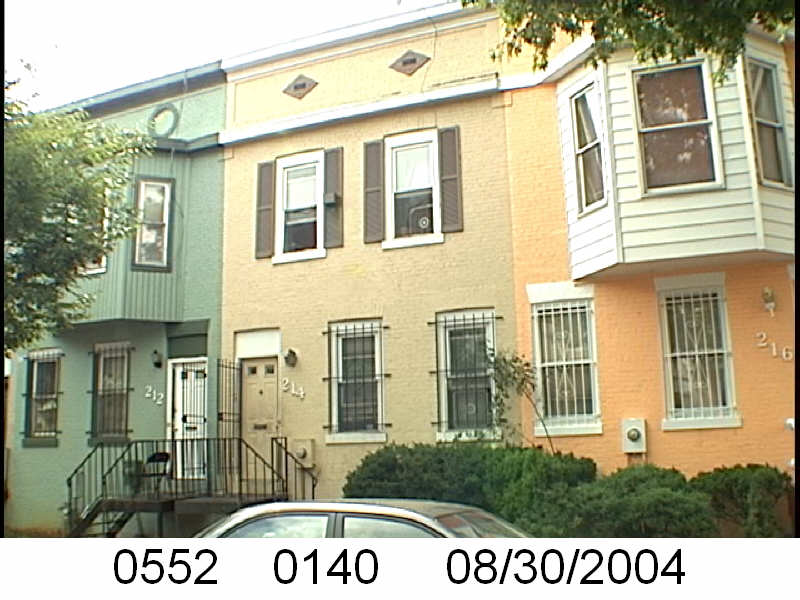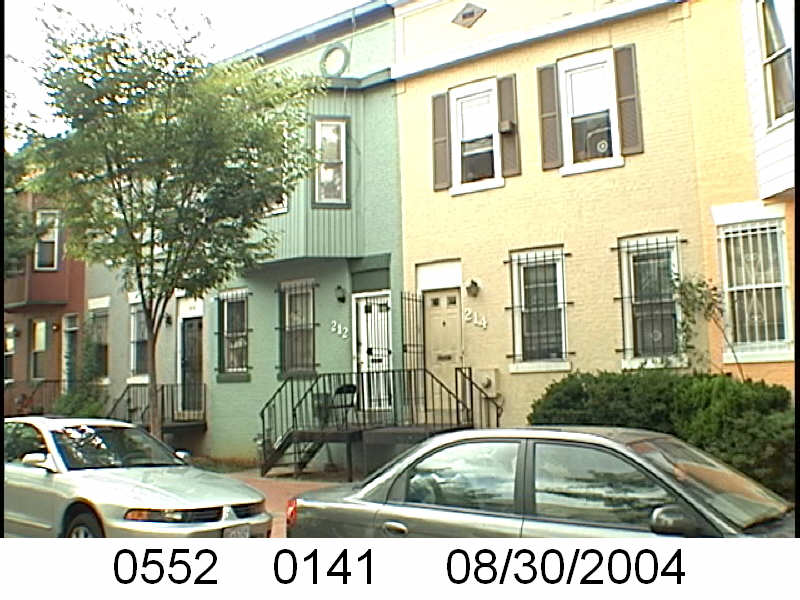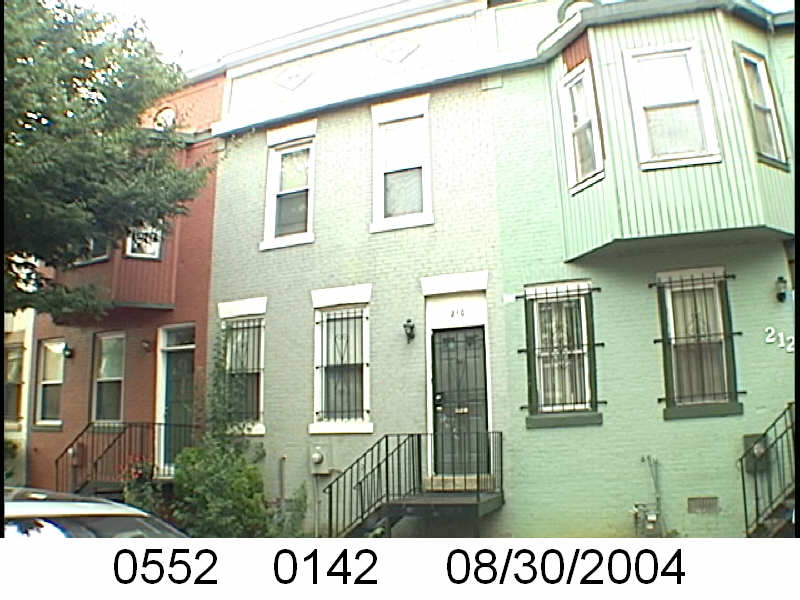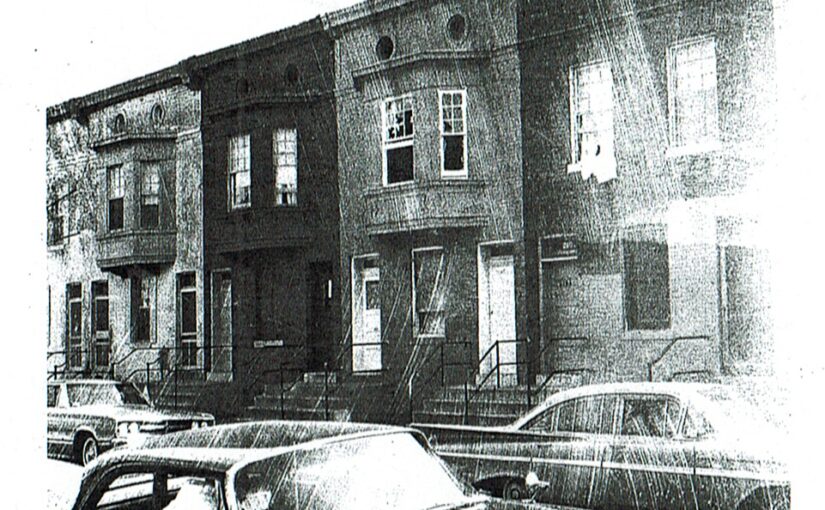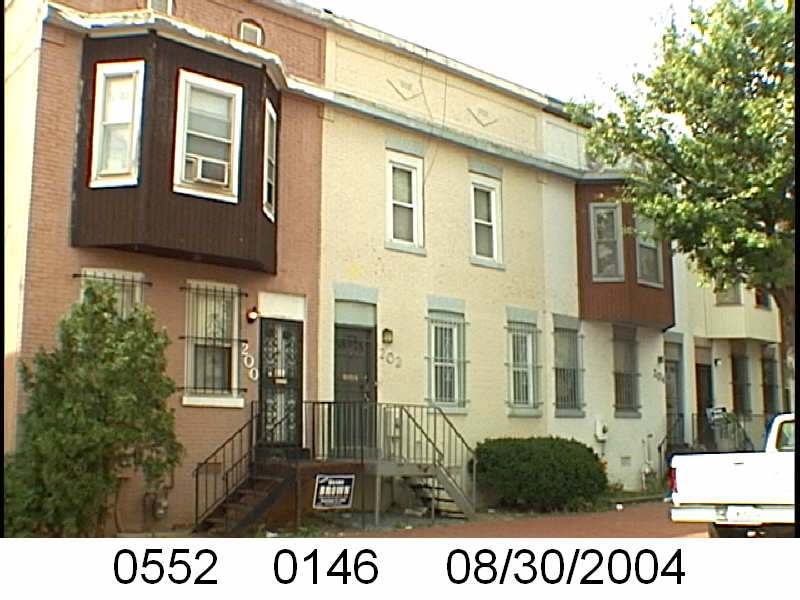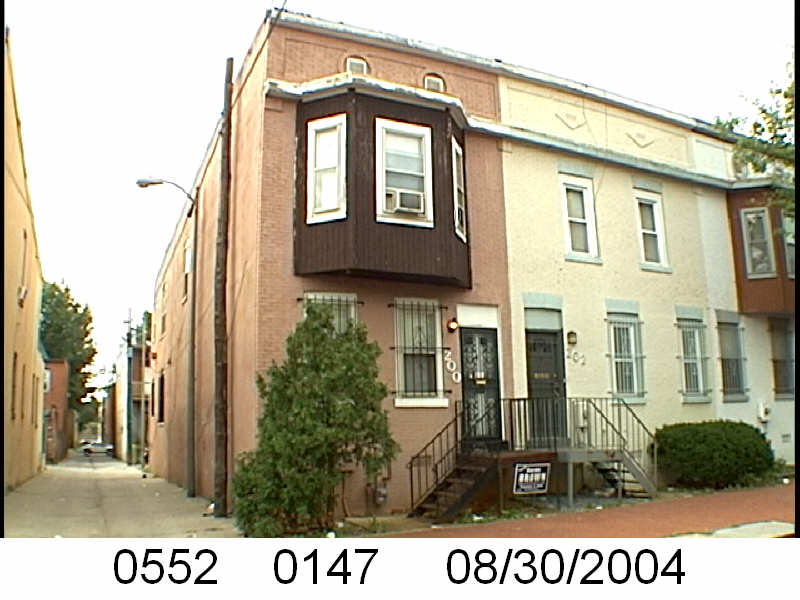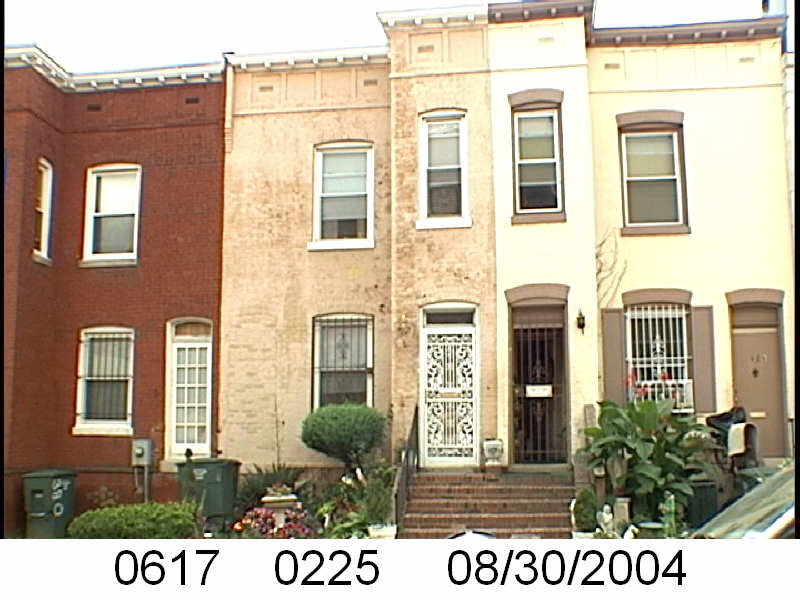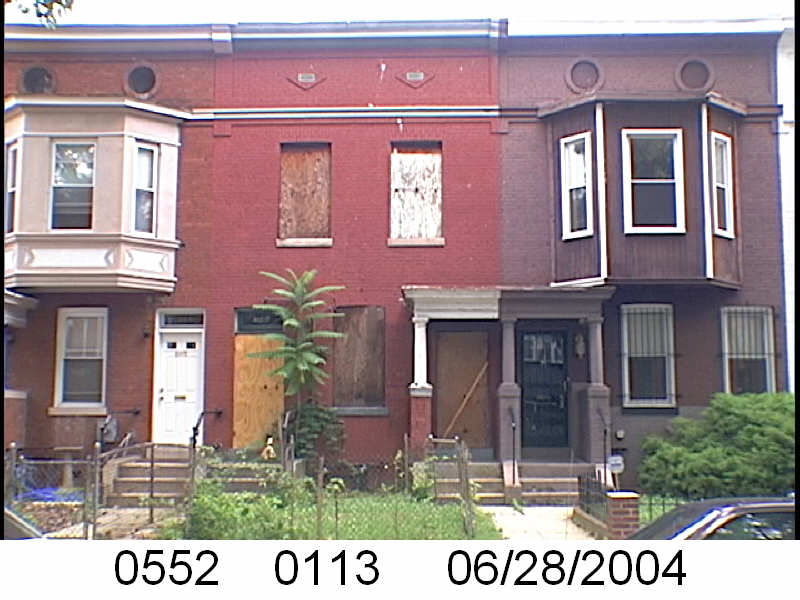The Washington Sanitary Improvement Company (WSIC) was a late 19th century charitable capitalism experiment that ended in the 1950s. This blog started looking at the homes that were supposed to be sold to African American home buyers, after decades of mainly renting to white tenants.
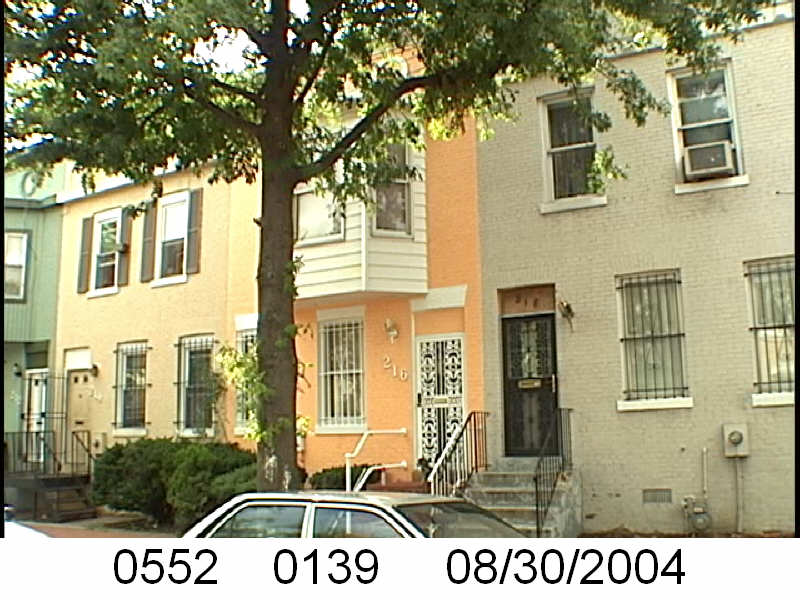
Looking at WSIC properties they tend to have a pattern where the properties were sold to a three business partners, Nathaniel J. Taube, Nathan Levin (later replaced by Harry A. Badt) and James B. Evans as the Colonial Investment Co. for $3 million dollars. Those partners sold to African American buyers. There was usually a foreclosure. Then the property wound up in the hands of George Basiliko and or the DC Redevelopment Land Agency (RLA). Then there were the odd lucky ones who managed to avoid that fate.
Let’s see what happens with 216 Bates St NW:
- December 1950 (recorded Jan 18, 1951) Evans, Levin and Taube sold the whole of 216 Bates St NW to David E. and Mary K. Butler.
- December 1950 (recorded Jan 18, 1951) the Butlers borrowed $5,050 from Colonial Investment Co. favorite trustees Abraham H. Levin and Robert G. Weightman.
- June 1954 the Bulters sold half of the property back to Evans, Levin, and Taube.
- June 1954 the Butlers sold half of the property back to Evans, Levin, and Taube.
- July 1954 the Butlers sold the other half of the property back to Evans, Levin, and Taube.
- March 1959 the Butlers were released from their debt.
- March 1959, as part of a larger property package, Evans, Taube, the survivors of Nathan Levin, and their spouses, sold 216 Bates St NW to Sophia and George Basiliko.
- Sometime around 1971/1972 the Basilikos sold 216 Bates to the DC Redevelopment Agency. I cannot locate the document.
- In 1978 the DC Redevelopment Land Agency contracted with the Bates Street Associates, a private partner. Of the 30+ page document, the first couple of pages are missing…..
- Around 1978-ish the property was sold/transferred to Bates Street Associates, Inc.
- August 1980 the property was sold to its current owner.

